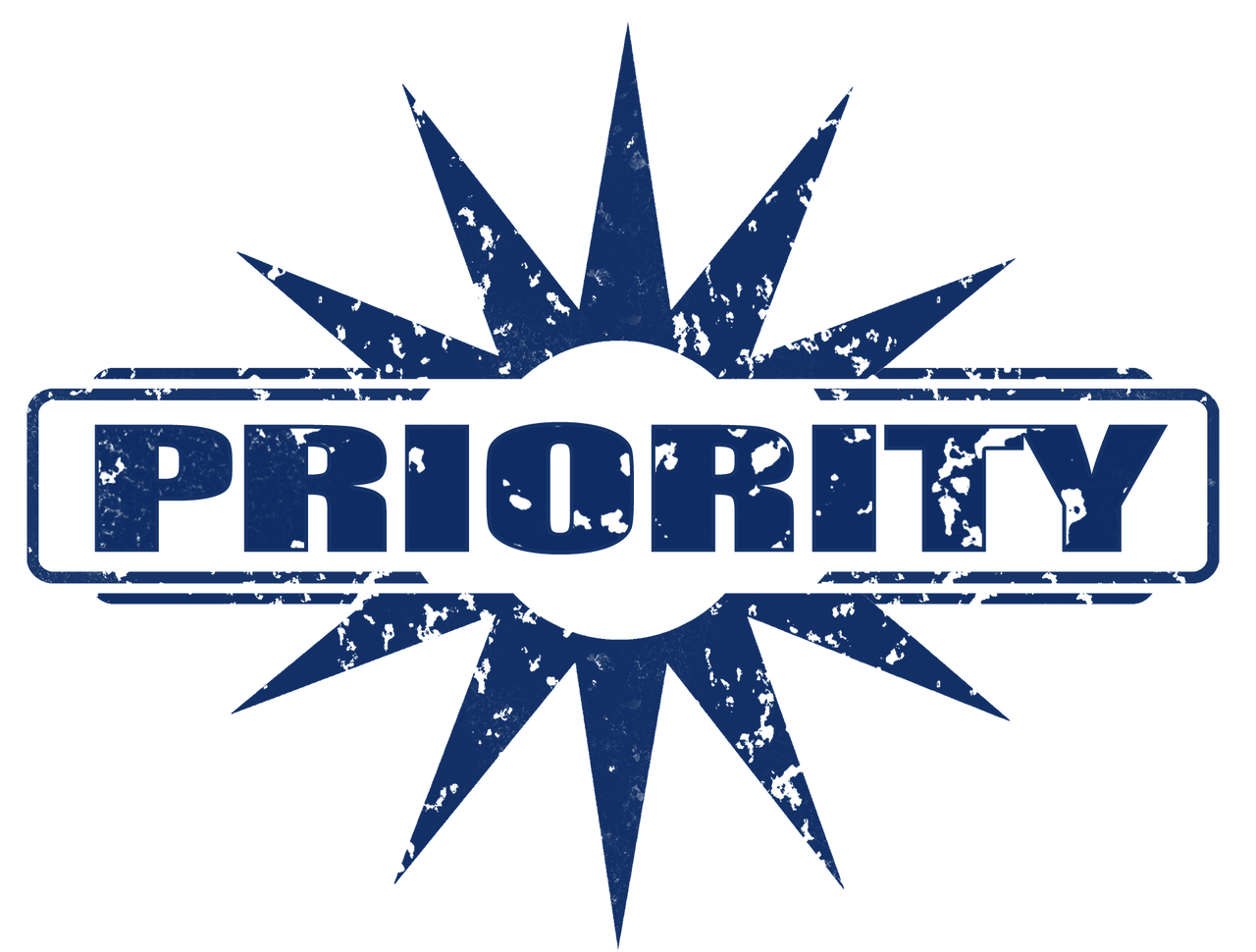
7 Key Tactics the Pros Use for Prioritizing (& De-prioritizing!) Tasks
Do you tend to be reactive or proactive to life events?
Regardless of your answer, when experiencing a life transition and things are busier than usual, it easier to respond quickly than to think through options and choose the best. While there are many ways to strategically manage the situation, even looking at the situation as a whole can be overwhelming. So I’m going to concentrate on the skill of prioritizing.
When looking at your to-do list, you may default to “everything is a high priority.” And while it may seem that way, by definition, prioritizing means that one item is of higher importance or rank than another. When time is short and your calendar is full, prioritizing is your best method of navigating your life transition with your sanity intact.
Here are the seven key tactics to improve your prioritizing.
#1 Bottom-line.
When life is chaotic, it’s easiest to respond to the task that is top of mind or to what someone else considers most urgent. It happens automatically without even thinking about it. The first step in improving the skill of prioritizing is to take a breath and focus on what matters.
I’m talking top-level: health, family, finances, social, professional, etc. Given everything that is happening, which area(s) are the most important to you right now? It’s not that you will completely ignore the other areas. It’s simply that you’ll prioritize some areas and de-prioritize others.
Once you’ve determined your overall direction, put this information in several places where you’ll see it on a regular basis. These reminders help you decrease overwhelm since they point you in your desired direction.
 #2 Corral.
#2 Corral.
If you have your projects and tasks in multiple places, now is the time to corral them into one location. You may have them in one or more electronic devices, various pieces of paper, and the most dangerous place of all…in your head.
Decide the best method for you, and put all of your known to-do’s there. Some examples include:
- Notebook: spiral, three-ring, Evernote (digital notebook!), Bullet Journal, etc.
- Digital app: there is everything from simple to-do list to project management apps, which can be used in your personal and professional life
- Sticky notes: this only works if you have one location where all of the sticky notes go, such as a manila folder or white board. Note: I did not say on your computer or desk!
There are also specific methodologies, such as Kanban.
In this step, it is crucial that you distinguish between tasks and projects. Tasks are small activities that take a limited period of time. Some examples of chores include: paying bills, checking emails (to prioritize and respond at a later time, because processing emails is generally a project since it requires multiple steps), and making a phone call to discuss a specific topic.
Projects are larger undertakings that include multiple actions. For instance, to do laundry you have to sort the clothes, put them into the washing machine, transfer them to the dryer, remove them from the dryer, fold or hang the clothes, and put them where they belong.
As you corral your to-do’s, keep your bottom-line in mind as it is possible that you can delete some of these endeavors! This is part of the prioritizing and de-prioritizing process.
#3 Curfew.
Now that you’ve corralled your tasks, it’s time to note any curfews. This is anything that points to the end point of a task or project: hard (or soft) deadline, time limits, and timelines.
Have your calendar at hand when you record these deadlines, as you may discover some incompatibilities between your bottom-line and these curfews.
Note: I didn’t say anything about prioritizing!
#4 Categorize.
Assign your to-do’s to groups. You decide the categories. Here are some ideas:
- the same ones you identified as your bottom-line
- do now, delegate, delete, defer
- personal, professional, volunteer, social
- due date vs. no deadline
- required vs. optional (Many of the optional ones can be deleted. If you can’t bear to discard them, you may create a “someday” list. I have one in Evernote. However, I fully accept that it is highly unlikely that I’ll ever do anything on that list. It just makes me feel better to capture them!)
- administrative, financial, household upkeep, etc.
- projects vs. tasks
You do not want too many categories as that makes them harder to track.
#5 Question.
We make lots of assumptions around our chores, that’s  why it’s so important to explore them. Here are some questions to try:
why it’s so important to explore them. Here are some questions to try:
- How did this get on my list? (you or someone else)
- What makes it important enough to be on my list?
- Who else could complete this assignment?
- What’s the worst thing that would happen if I don’t do this job? (if no ones’ life is in peril, then it might be possible to delete the task)
Often asking the “how” and “why” of your commitments helps you to discover which ones are truly important.
#6 Adjust.
While it is important to make decisions in order to prioritize, it is equally critical to be flexible. Things evolve. Deadlines shift. Importance wavers. Timelines develop.
As these changes occur, you’ll want to re-evaluate all deadlines and check your assumptions. When one thing alters, others tend to adjust as well. So you want to pair decision-making with permission to makes changes. It is just as important to prioritize as to de-prioritize!
#7 Release.
When you’ve gone through Steps 1-6, then you have to “let go.” Avoid perfection, people-pleasing, and overthinking because they will only lead to overload.
Once you’ve got a prioritized task and project list, employ a fundamental scheduling tool: leave white space in your calendar. Life transitions, by nature, are fluid. As such, planning every minute of your day is a recipe for overwhelm.
If prioritizing, or other time-related skills, such as task-completion, delegating, and designing a functional calendar, are a challenge for you, contact us at 919-467-7058. We can help you learn to navigate these challenges with ease.
Tag:ADHD, anxiety, autoimmune disease, brain based disorders, calendar, depression, life transitions, Life Transitions Organizing, Life Transitions Resources, life-disrupting situation, prioritize, prioritizing, productivity and organizing professional, professional organizer, projects, schedule, tasks, TBI, to-do, Transition Success Program



